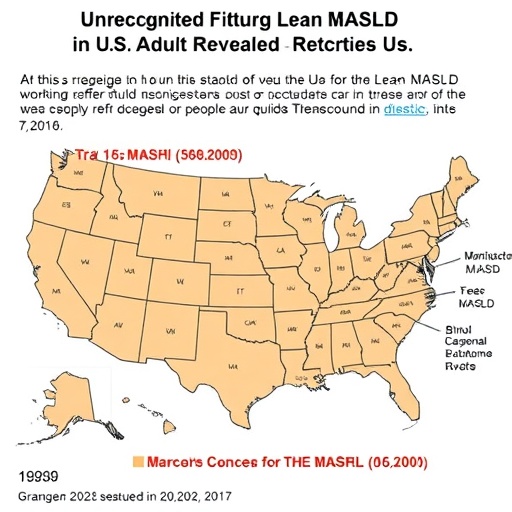Researchers develop a mathematical model to explain the complex architecture of termite mounds

Credit: (Image courtesy of Guy Theraulaz/Harvard SEAS)
Following a series of studies on termite mound physiology and morphogenesis over the past decade, researchers at the Harvard John A. Paulson School of Engineering and Applied Sciences have now developed a mathematical model to help explain how termites construct their intricate mounds.
The research is published in the Proceedings of the National Academy of Sciences.
“Termite mounds are amongst the greatest examples of animal architecture on our planet,” said L. Mahadevan, the Lola England de Valpine Professor of Applied Mathematics, of Organismic and Evolutionary Biology, and of Physics and lead author of the study. “What are they for? How do they work? How are they built? These are the questions that have puzzled many scientists for a long time.”
In previous research, Mahadevan and his team showed that day-to-night temperature variations drive convective flow in the mound that not only ventilates the colony but also move pheromone-like cues around, which trigger building behavior in termites.
Here, the team zoomed in further to understand how termites build the intricately connected floors in individual mounds without a plan or a planner. With experimentalists from the University of Toulouse, France led by Guy Theraulaz, the researchers mapped the interior structures of two nests using CT scans, and quantified the spacing and arrangement of floors and ramps. Adding to the complexity of the nests is the fact that not only do termites build simple ramps to connect floors but they also build spiral ramps, like the ramps in parking garages, to connect multiple floors.
Using these visualizations and incorporating the previous findings on how factors such as daily temperature shifts and pheromone flows drive building, OEB graduate student Alexander Heyde and Mahadevan constructed a mathematical framework to explain the layout of the mound.
Heyde and Mahadevan thought of each component of the mound — the air, the mud and the termites — as intermixed fluids that vary in space and time.
“We can think of the collection of hundreds of thousands of termites as a fluid that can sense its environment and act upon it,” said Heyde. “Then you have a real fluid, air, transporting pheromones through that environment, which drives new behaviors. Finally, you have mud, which is moved around by the termites, changing the way in which the pheromones flow. Our mathematical framework provided us with clear predictions for the spacing between the layers, and showed the spontaneous formation of linear and helical ramps.”
“Here is an example where we see that the usual division between the study of nonliving matter and living matter breaks down,” said Mahadevan. “The insects create a micro-environment, a niche, in response to pheromone concentrations. This change in the physical environment changes the flow of pheromones, which then changes the termite behaviors, linking physics and biology through a dynamic architecture that modulates and is modulated by behavior. ”
In addition to partially solving the mystery of how these mounds work and are built, the research may well have implications for swarm intelligence in a range of other systems and even understanding aspects of tissue morphogenesis.
###
The research was co-authored by Lijie Guo and Christian Jost. It was supported in part by the US and French National Science Foundations under grant numbers DGE-1144152, ANR-06-BYOS-0008, and PHY1606895.
Media Contact
Leah Burrows
[email protected]
Original Source
https:/
Related Journal Article
http://dx.




